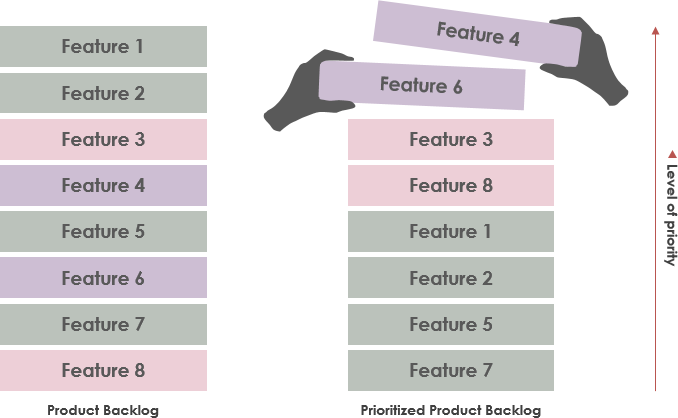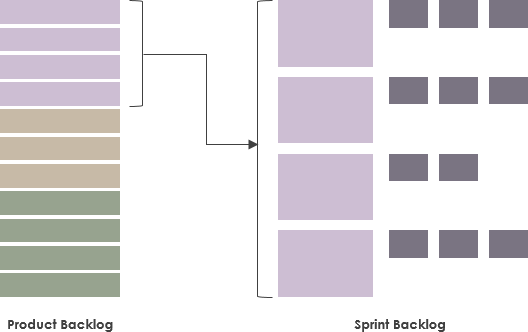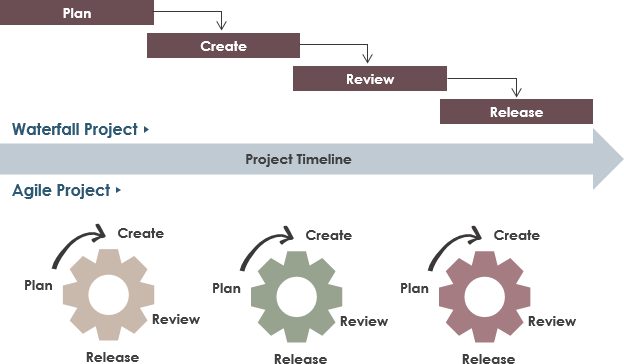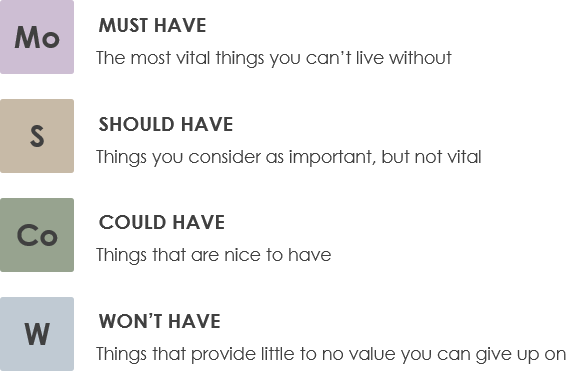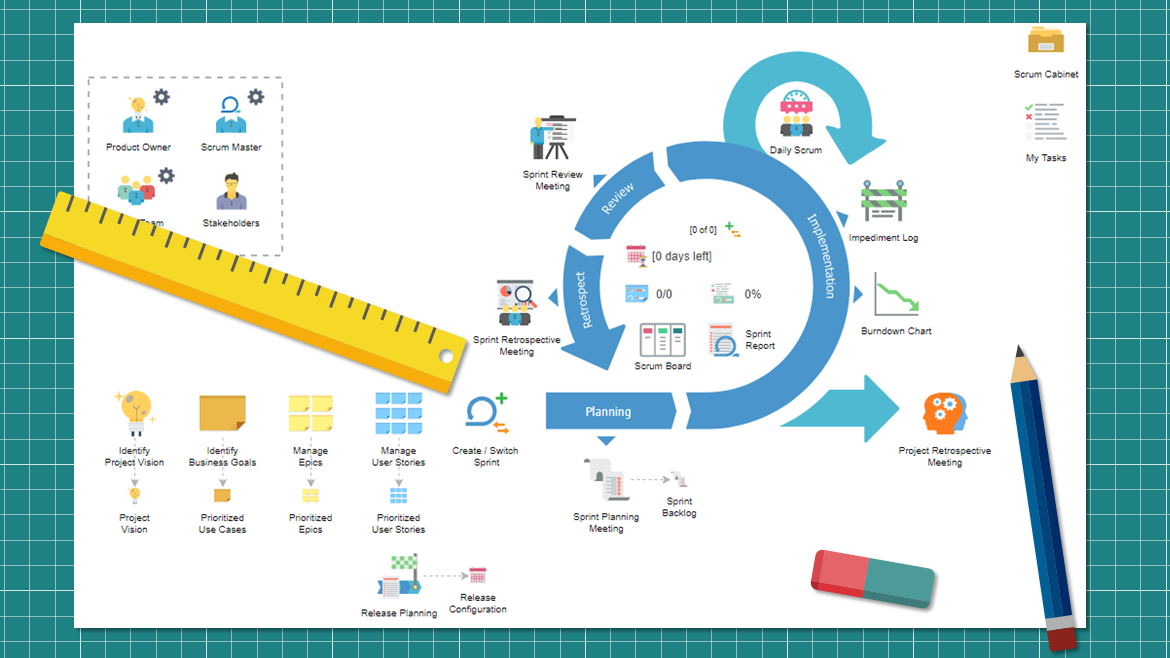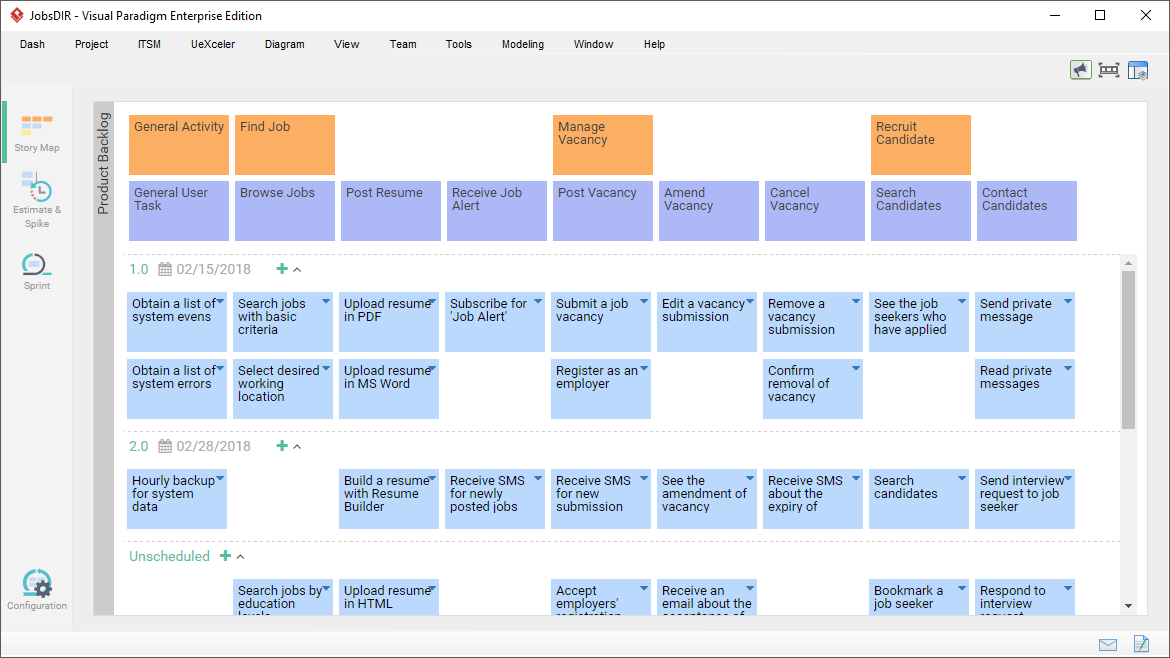Home » Agile & Scrum » Page 6
Product Backlog Planning vs Sprint Planning Agile methodology has become the go-to approach for software development projects, thanks to its flexibility and iterative approach. One of the core elements of agile methodology is the use of a product backlog and sprint planning. These two terms are often used interchangeably, but they refer to distinct activities in the agile development process. In this article, we will explore the difference between product backlog planning and sprint planning. Product Backlog Planning The product backlog is a prioritized list of features, enhancements, and bug fixes that the development team will work on over the course of the…
continue reading →
Libraries are continually seeking innovative ways to improve their services and meet the evolving needs of their patrons. In order to achieve this, many libraries are turning to Agile project management methodologies to guide system development. One critical component of any Agile project is a well-managed product backlog, which serves as a prioritized list of features and functionalities that the library intends to implement. This article will explore best practices for product backlog planning specific to libraries, including involving stakeholders throughout the process, maintaining transparency and visibility of the backlog, and regularly reviewing and adjusting…
continue reading →
Developing a library system that caters to the needs of both librarians and library patrons can be a challenging task. To ensure that the system meets the requirements of all stakeholders and is delivered within the expected timeframe, an Agile development approach can be adopted. In this article, we present an Agile development plan for a library system that can be completed in 10 sprints over the course of 100 working days. Problem Scenario - A Library System The local public library is experiencing issues with their online catalog system. The system has…
continue reading →
What is Agile? Agile methodology is a project management approach that emphasizes flexibility, collaboration, and incremental development. It focuses on delivering working software in short iterations called sprints, which typically last one to four weeks. The agile methodology values individuals and interactions over processes and tools, working software over comprehensive documentation, customer collaboration over contract negotiation, and responding to change over following a plan. There are several key principles of the agile methodology: Customer satisfaction through continuous delivery of valuable software: Agile methodology aims to provide the customer with working software as soon…
continue reading →
The MoSCoW method is a prioritization technique used in project management, software development, and business analysis. It helps to prioritize requirements based on their importance and urgency, and allows project managers to allocate resources and budget accordingly. In this article, we will explore the MoSCoW method and provide an example of its implementation. What is the MoSCoW Method? The MoSCoW method is a prioritization technique that categorizes requirements into four groups: Must-haves, Should-haves, Could-haves, and Won't-haves. The acronym MoSCoW stands for: Must have: critical requirements that are essential for the project's success. These…
continue reading →
With the rise of mobile technology, coffee shops are now leveraging mobile apps to enhance the customer experience. By allowing customers to place orders, make payments, and earn rewards all from the convenience of their mobile device, coffee shops are revolutionizing the way customers interact with their brand. In this article, we will explore how mobile apps are transforming the coffee shop industry and what benefits they bring to both businesses and customers. Agile Development Process using User Stories The process for capturing requirements and identifying user stories involves several steps: Problem statement:…
continue reading →
Agile development is a methodology that focuses on iterative and incremental development of software products. It emphasizes collaboration between cross-functional teams, continuous feedback, and flexibility to change requirements throughout the development process. Two popular techniques used in agile development are user stories and user cases. In this comprehensive guide, we will explore both techniques and argue that they are both suitable for agile development if used appropriately. User Stories User stories are short, simple descriptions of a feature told from the perspective of the end-user. They typically follow a specific template: "As a…
continue reading →
User stories are an essential component of agile software development methodologies. They are short, simple descriptions of a user's requirement or need, written from the perspective of the user. User stories help teams to prioritize features and ensure that the end product meets the needs of the user. In this article, we'll discuss user stories, techniques for writing them, popular templates, and the 3Cs that make up a good user story. What are User Stories? A user story is a short, simple description of a feature or function that a user wants in…
continue reading →
What is Scrum? Scrum is a popular framework for agile project management. It is used for software development and other complex projects where requirements are constantly changing, and the team needs to be able to respond quickly to these changes. Scrum emphasizes collaboration, communication, and continuous improvement. The Scrum Framework The Scrum framework consists of the following 3 roles, 3 artifacts 5 events and 5 Values : Roles: Product Owner: responsible for defining and prioritizing the product backlog, ensuring that the team is working on the most valuable features. Scrum Master: responsible for…
continue reading →
What is User Story Mapping? User Story Mapping is a visual technique for organizing and prioritizing product requirements by building a map of user stories. It was developed by Jeff Patton, and it helps product teams to create a shared understanding of a product's features and how they relate to the user's goals. Why is User Story Mapping Important? User Story Mapping is important because it helps product teams to: Prioritize features based on user needs and goals Break down complex features into smaller, more manageable user stories Create a shared understanding of…
continue reading →

